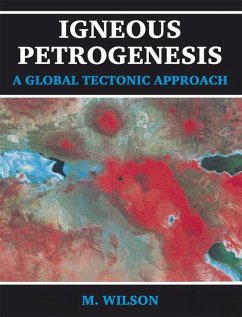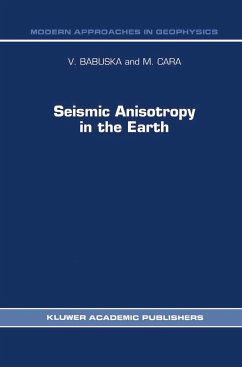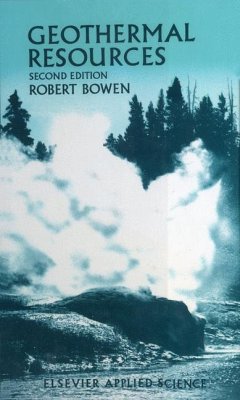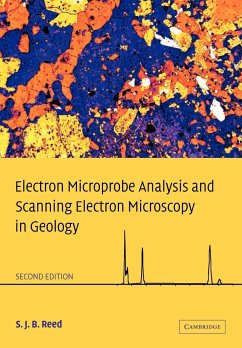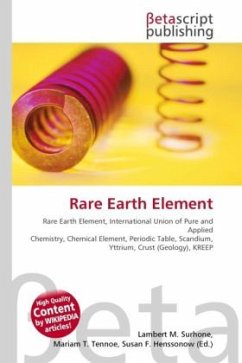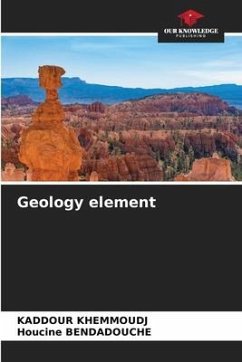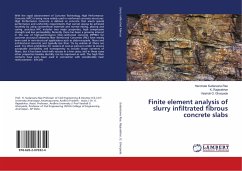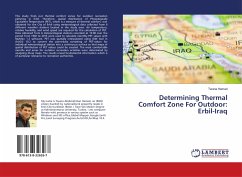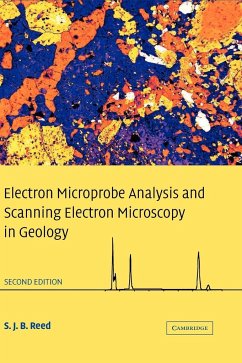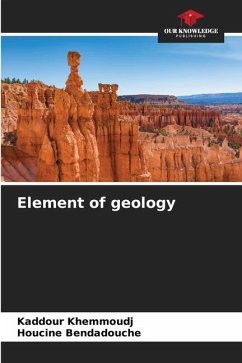
Thermodynamics in Geology
Proceedings of the NATO Advanced Study Institute held in Oxford, England, September 17-27, 1976
Herausgegeben: Fraser, D. G.

PAYBACK Punkte
77 °P sammeln!
It has long been realized that the mineral assemblages of igneous and metamorphic rocks may reflect the approach of a rock to chemical eCluilibrium during its formation. However progress in the application of chemical thermodynamics to geological systems has been hindered since the time of Bowen and the other early physical-chemical petrologists by the recurring Cluandary of the experimental geologist. His systems are complex and are experimentally intractable, but if they were not so refractory they would not be there to study at all. It is only recently that accurate measurements of the ther...
It has long been realized that the mineral assemblages of igneous and metamorphic rocks may reflect the approach of a rock to chemical eCluilibrium during its formation. However progress in the application of chemical thermodynamics to geological systems has been hindered since the time of Bowen and the other early physical-chemical petrologists by the recurring Cluandary of the experimental geologist. His systems are complex and are experimentally intractable, but if they were not so refractory they would not be there to study at all. It is only recently that accurate measurements of the thermodynamic properties of pure, or at least well-defined minerals, melts and volatile fluid phases, combined with experimental and theoretical studies of their mixing properties, have made it possible to calculate the eCluilibrium conditions for particular rock systems. Much work is now in progress to extend the ranges of com position and conditions for which sufficient data exist to enable such calculations to be made. Moreover the routine availability of the electron microprobe will ensure that the demand for such information will continue to increase. The thermodynamic techniClues reCluired to apply these data to geological problems are intrinsically simple and merely involve the combination of appropriate standard state data together with corrections for the effects of solution in natural minerals, melts or volatile fluids.





